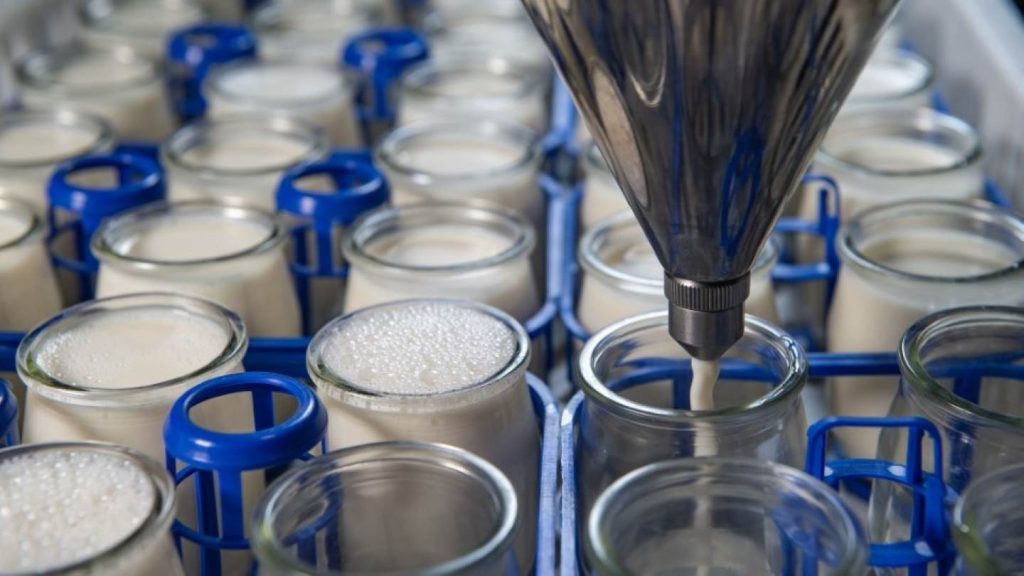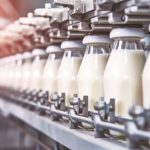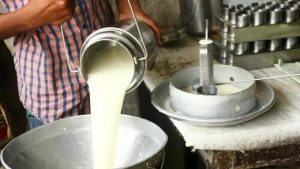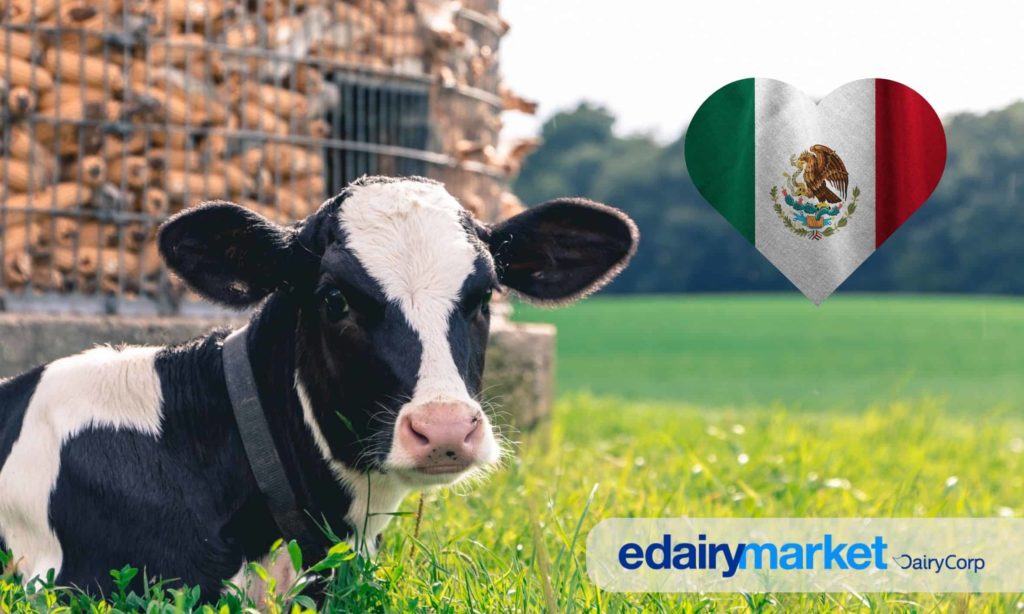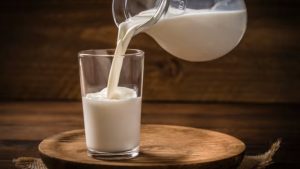
FAO Dairy Price Index plunges 3.4% as robust milk output from Europe and New Zealand meets weaker Asian consumption, signaling a new, tougher commodity cycle.
Global dairy commodity prices are experiencing significant downward pressure as the fundamental balance of supply and demand shifts. According to the Food and Agriculture Organization (FAO), its Dairy Price Index tumbled by 3.4% in October 2025, contributing to the overall FAO Food Price Index falling to its lowest level in over two years. This price slide has affected all key international dairy categories, including butter, cheese, and milk powder, as major producing regions like Europe and New Zealand deliver robust milk outputs that have consistently exceeded global consumption.
The principal economic drivers behind this price recession are two-fold. Firstly, milk production has consistently been outpacing global demand, leading to increasing commodity availability. Secondly, demand from major Asian buyers has weakened, exacerbated by bloated inventories already held within importing nations. Analysts suggest this current trend is not merely a short-term fluctuation but a market correction, reflecting the sector’s reversion to the commodity cycle after two years characterized by high volatility and inflation-driven price spikes.
For dairy producers and cooperatives worldwide, this price softness translates directly into a painful margin squeeze. High production costs—ranging from feed to labor—are keeping expenses elevated, forcing many farm operations and companies to adapt quickly. The clear priority for navigating this difficult phase is to bolster efficiency, develop value-added products, and implement leaner business models. The report specifically urges exporters to pivot strategies toward emerging markets and innovate with premium lines such as fortified milk powders, specialty cheeses, or branded functional dairy products.
For a major milk-producing nation like India, the falling global prices present a complex scenario of both caution and opportunity. While efficiently managing costs could make the country’s dairy exports more competitive internationally, the global softness poses a domestic threat. Local processors and farm-gates must prepare for the ripple effects of international supply gluts, which could dampen market sentiment and depress their profit margins if not proactively managed.
Ultimately, the current dip in dairy prices is seen by analysts as the start of a new market phase. Success in the coming months will be defined not just by raw production volume, but by a sector-wide commitment to adaptability and sustainability. Global producers and processors will be tested on how well they can adjust their strategies—from integrating mechanisation and digitisation to optimizing crop-feed ratios and diversifying into higher-margin dairy categories—to succeed in a tougher, less inflation-driven commodity cycle.
Source: Read the full report on the global dairy market and price trends from FNB News.
You can now read the most important #news on #eDairyNews #Whatsapp channels!!!
🇮🇳 eDairy News ÍNDIA: https://whatsapp.com/channel/0029VaPidCcGpLHImBQk6x1F
